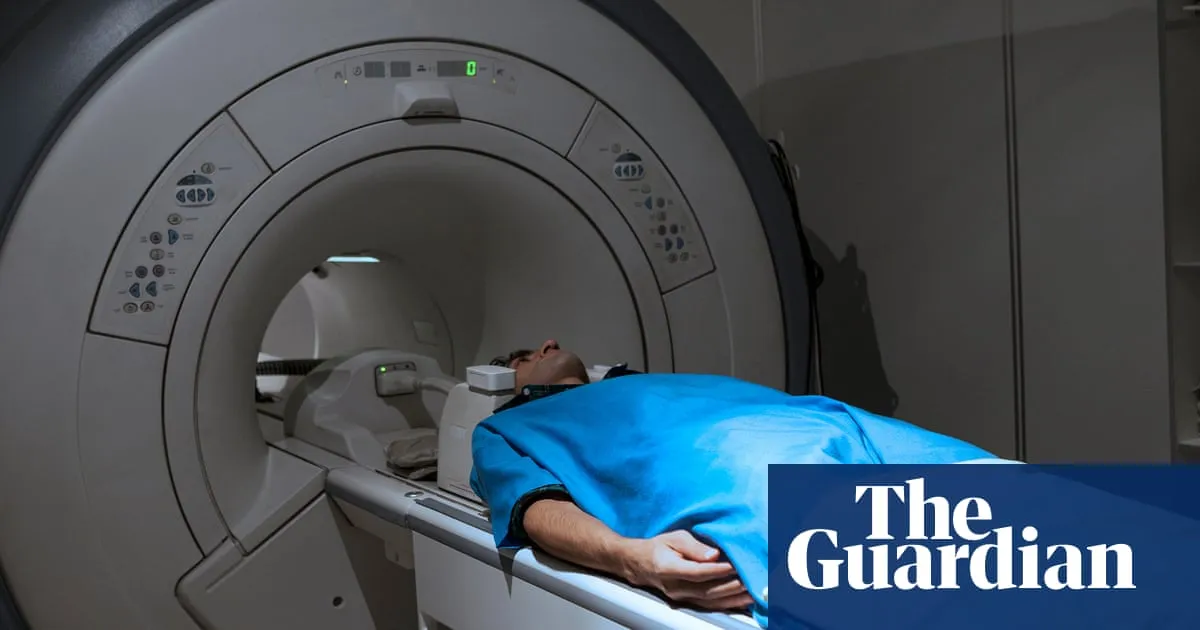
Recent research reveals that more than 15 million people across the US, UK, Germany, and France remain unaware that they are suffering from the most aggressive form of fatty liver disease, known as metabolic dysfunction-associated steatotic liver disease (MASLD). This condition, commonly referred to as non-alcoholic fatty liver disease, affects individuals who consume minimal or no alcohol and whose liver contains more than 5% fat.
Approximately two-thirds of individuals diagnosed with type 2 diabetes are believed to have MASLD, which is also correlated with obesity and cardiovascular diseases. Globally, around 5% of adults are estimated to have the most severe form of MASLD, known as metabolic dysfunction-associated steatohepatitis (MASH). This advanced stage can lead to fibrosis (scarring of the liver), cirrhosis, and an increased risk of serious health issues including cardiovascular disease, chronic kidney disease, and liver cancer.
An international team of researchers investigated the prevalence and diagnosis rates of aggressive fatty liver disease in the US, UK, Germany, and France. Their findings indicate that just under 3% of individuals in the UK, France, and Germany, and 4% in the US are diagnosed with MASH. Alarmingly, diagnosis rates remain below 18%, meaning approximately 20 million people in these regions are living with MASH, yet only 2.5 million have received a formal diagnosis. This leaves over 16.7 million people unaware of their condition.
The report, published in the Lancet Regional Health Europe and presented at a global think tank meeting in Barcelona, calls for a significant increase in diagnosis rates, aiming to double them from 2022 levels. Traditionally, MASH was diagnosed via biopsy; however, non-invasive methods such as blood tests, ultrasounds, and MRI scans are now available. Researchers advocate that everyone with type 2 diabetes, obesity coupled with other risk factors, and those with persistently elevated liver enzymes should be screened for MASH.
Dr. Jeffrey Lazarus, the lead author and a professor of global health in New York and Barcelona, stated: "Undiagnosed MASH costs economies billions in lost productivity and poor health. Unless diagnosis rates are doubled, and treatment and care increase correspondingly, direct health costs are expected to triple over the next 20 years."
In response to the alarming findings, Emmanouil Tsochatzis, a professor of hepatology at University College London, emphasized that more than 15 million people across the US and Europe suffer from this life-threatening condition without knowledge of their diagnosis. He warned that without expedited diagnosis and treatment access, the human and economic consequences would escalate.
The research has reignited discussions regarding the use of weight loss medications to treat MASH. Dr. Paul Brennan, a co-author of the Lancet paper and a hepatologist, noted that GLP-1 medications (such as Wegovy and Mounjaro) have the potential to resynchronize metabolism by inducing feelings of fullness and delaying gastric emptying. These effects often lead to reduced calorie intake and improved liver function, thereby lessening the formation of scar tissue in the liver.
Michael Betel, president of the Fatty Liver Alliance, highlighted the urgent need for increased liver health assessments in individuals living with type 2 diabetes or obesity. He stressed that many patients are not tested for MASH until it is too late. He advocates for lifestyle changes and, when appropriate, the use of weight loss drugs to regulate blood sugar levels and appetite. Although these medications were not initially designed to treat liver disease, clinical trials suggest they may benefit several metabolic-related conditions, ultimately enhancing liver health.